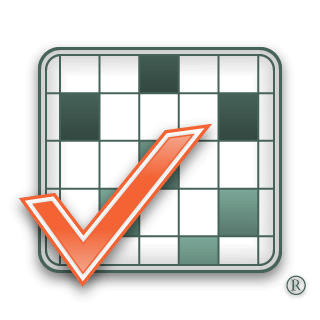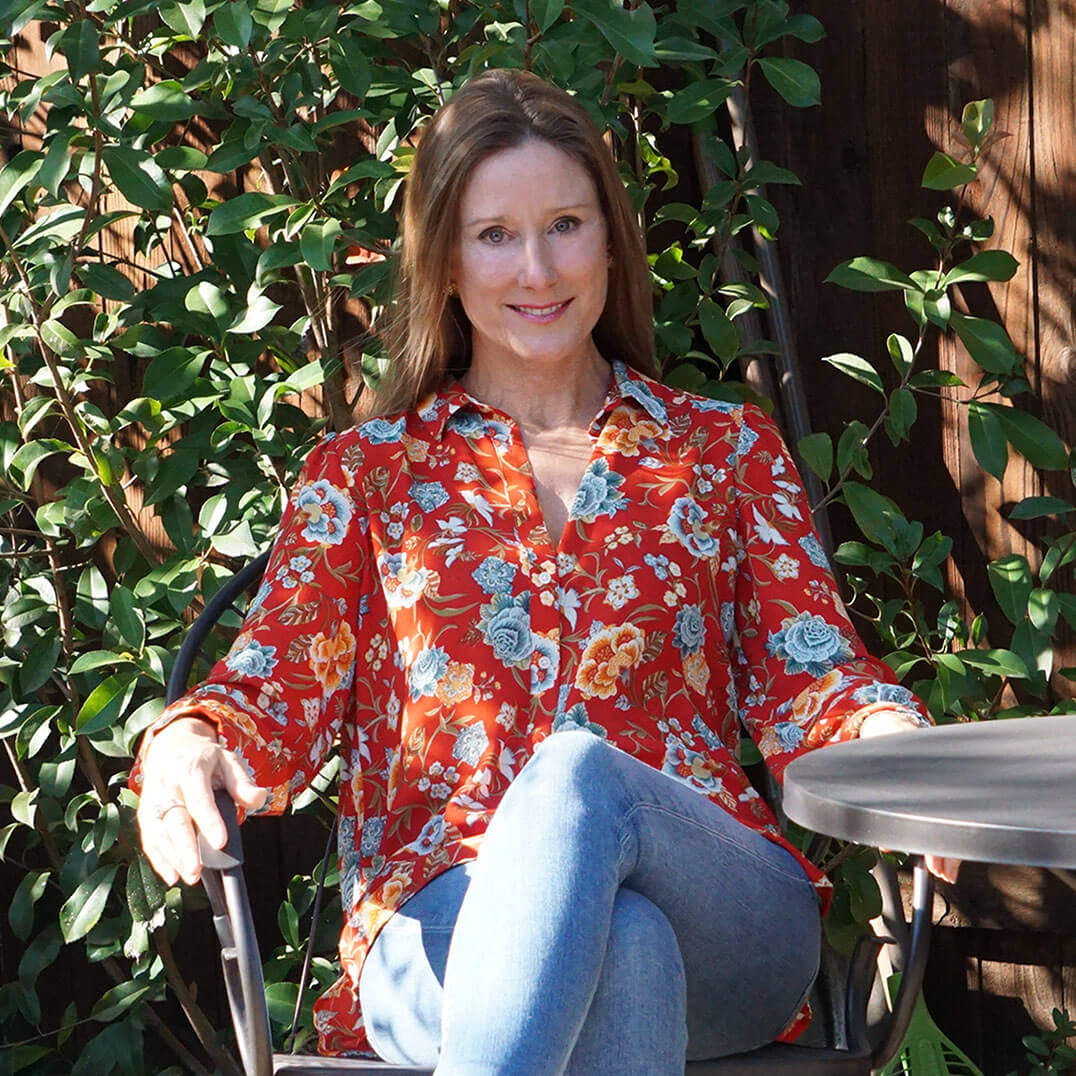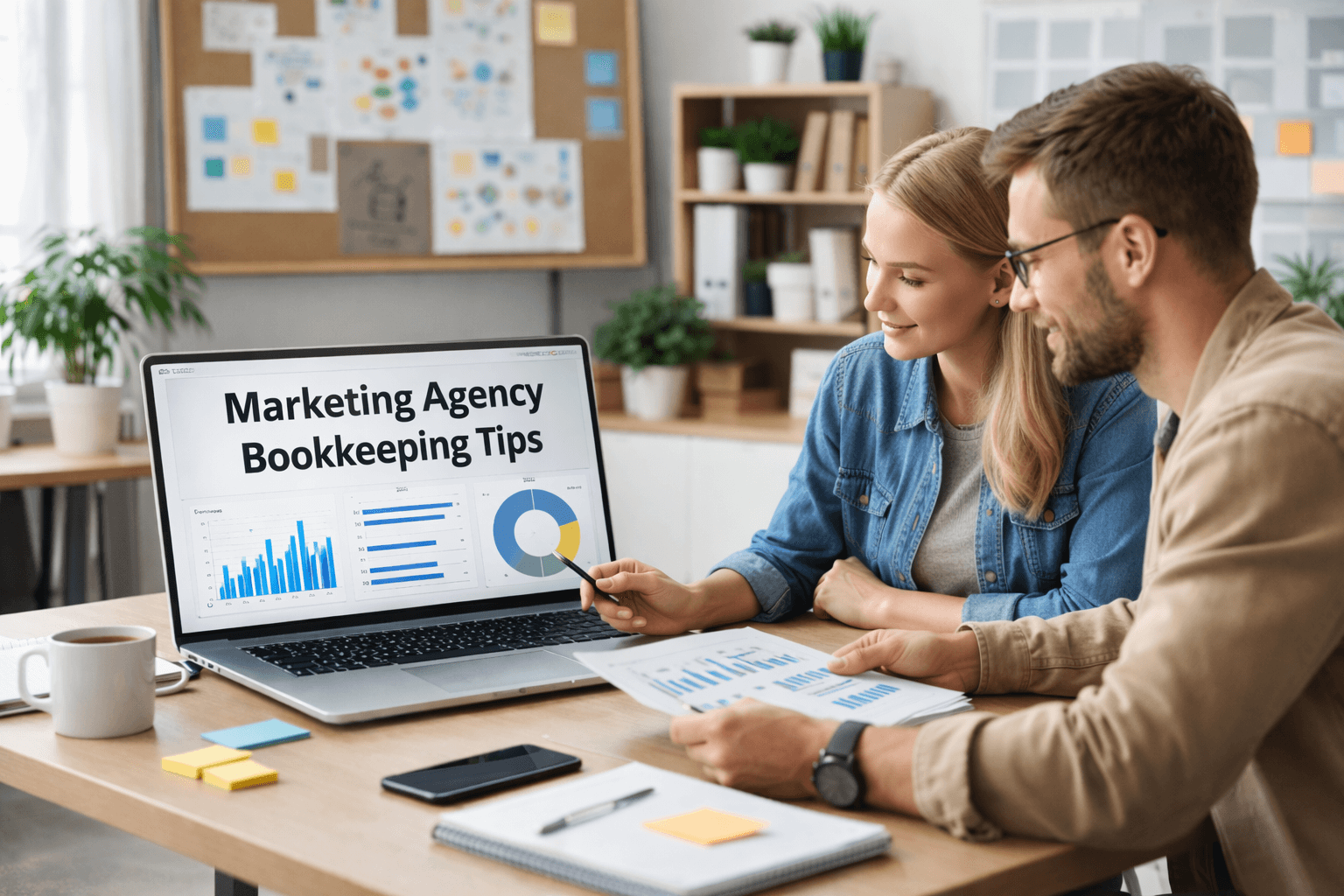Vacation Rental Accounting:
Maximize Profits for Hosts
Vacation rental accounting is the systematic tracking of income from multiple booking channels, careful management of property-related expenses, and strategic tax planning designed to maximize what you keep after all costs and liabilities are paid. For short-term rental hosts managing one property or a portfolio, proper accounting transforms financial chaos into clear visibility—revealing which properties truly profit, where money leaks away, and exactly how much you owe in taxes.
When I first started Complete Controller, I worked with dozens of Airbnb and VRBO hosts who thought they were doing fine—until tax season hit and they realized they’d underreported income, missed deductions, or worse, faced IRS scrutiny because their records were a mess. That experience taught me that vacation rental accounting isn’t just about compliance; it’s the foundation of a profitable, scalable hosting business. In this guide, I’ll share the exact systems, tools, and strategies that successful hosts use to eliminate guesswork, reclaim thousands in missed deductions, and position their business for growth.

What is vacation rental accounting and why does it matter for your bottom line?
- Vacation rental accounting manages income from Airbnb, VRBO, direct bookings, and other channels while tracking expenses and ensuring tax compliance—directly impacting your net profit.
- Hosts who implement proper accounting systems identify underperforming properties, optimize pricing, and catch expense leaks before they drain profits.
- Without organized records, you risk underreporting income (triggering IRS penalties), missing tax deductions (costing thousands annually), and spending excessive time on manual reconciliation.
- Automation through accounting software reduces manual data entry by 90%, freeing time to focus on guest experience and business scaling instead of spreadsheets.
- Multi-property hosts using dedicated vacation rental accounting software report 15-25% better profit visibility and faster month-end closing compared to general accounting tools.
Understanding the Foundation: Vacation Rental Setup for Success
You know what nobody talks about at those real estate investment seminars? The unsexy stuff that actually makes you money. While everyone’s chasing the next hot property, the real winners are building bulletproof financial systems that turn chaos into cash flow.
Here’s the truth: 40-60% of your gross revenue will disappear into operating expenses like utilities, cleaning, maintenance, and platform fees. That’s right—if you’re bringing in $10,000 in bookings, you’re looking at $4,000-$6,000 walking out the door before you even think about profit. The difference between hosts who keep the remaining 40% and those who watch it evaporate? A rock-solid accounting foundation.
Prerequisites before you begin
Stop everything and listen: if you’re still mixing personal and business finances, you’re creating a nightmare that will haunt you come tax season. Open a dedicated business bank account today—not next week, not after your next booking. This single move eliminates 80% of reconciliation headaches and gives you the clean audit trail the IRS expects.
Before implementing any system, document your property ownership structure (sole proprietor, LLC, partnership) and gather those tax ID numbers. List every booking channel you use—Airbnb, VRBO, Booking.com, your direct booking site—along with their fee structures. Why? Because understanding what each platform charges helps you categorize payouts correctly and spot which channels actually make you money.
Smart hosts also implement vacation rental bookkeeping practices from day one, following SBA guidelines for proper business banking separation.
Chart of accounts structure that actually works
Your chart of accounts should mirror your business reality, not some generic template. Create income categories that separate revenue by channel: Airbnb Income, VRBO Income, Direct Booking Income, and Platform Fees (since these reduce your gross revenue).
For expenses, think like a business owner, not a hobbyist. Build parent categories:
- Cleaning & Turnover (the biggest variable cost for most hosts)
- Maintenance & Repairs (predictable yet painful)
- Utilities & Operating (those monthly bills that never stop)
- Guest Supplies (from toilet paper to welcome baskets)
- Marketing (because empty properties don’t pay bills)
Then sub-categorize within each. This granular structure reveals cost trends, lets you benchmark against industry averages, and pinpoints exactly where to cut when margins get tight.
Mastering Income Tracking: Multi-Channel Revenue Management
The average vacation rental host juggles income from 3-5 different sources, each with its own payment schedule, fee structure, and reporting format. It’s like trying to solve a Rubik’s cube blindfolded—unless you have the right system.
Automated channel intelligence for income tracking
Forget manual data entry. Use dedicated vacation rental accounting software that integrates directly with your booking platforms. Tools like QuickBooks Online, Lodgify, and Guesty automatically pull transaction data, recognize revenue sources, and categorize income by channel without you lifting a finger.
Here’s how it works: Guest books through Airbnb → System records gross payout → Automatically deducts platform fees → Net revenue flows to your income statement. No spreadsheets, no guesswork, no Friday nights spent reconciling.
Match each payout weekly, not monthly. I learned this the hard way—mismatched payments compound into reconciliation nightmares that steal entire weekends. For direct bookings not captured by automated integrations, maintain a simple log with booking date, guest name, amount received, and payment method. Batch-import these into your accounting system every Monday morning while you drink your coffee.
Trust accounting for advance payments (The money that’s not yours yet)
This is where hosts get into serious trouble: security deposits and advance rental payments are NOT immediate income. They’re liabilities sitting in escrow until the guest actually stays.
When a guest pays their $2,000 reservation three months in advance, that money belongs in a “Rents-in-Trust” account, not your income statement. If they cancel, you return it from escrow. Only when they complete their stay does it become revenue. Hosts who mess this up often double-count income or report deposits as taxable income—both trigger audit red flags faster than you can say “IRS notice.”
Your accounting system must automatically create these trust account entries. If it doesn’t, you’re using the wrong tool.
Controlling Expenses: Where Your Money Really Goes
Remember that 40-60% expense ratio I mentioned? The gap between average operators earning 11% margins and elite operators earning 32% margins comes down to one thing: expense discipline. We’re talking about a $21,000 annual difference on a $100,000 property. That’s a down payment on your next rental.
Best practices for expense tracking that save thousands
Record everything. That $3.99 pack of toilet paper? Track it. The 47-mile round trip to meet a contractor? Track it. Your business cell phone bill? Track it. The average host misses 20-30% of legitimate deductions simply because they don’t document.
Use apps like Expensify or QuickBooks Mobile to photograph receipts immediately. Don’t wait—by month-end, you’ll forget what half those Home Depot charges were for. Categorize at the point of purchase: “Paint and supplies → Maintenance & Repairs → Beach House Unit.”
For multi-property operations, property-level tagging is non-negotiable. This architecture reveals which properties drain cash and which print money. You can’t optimize what you can’t measure.
Tax deductions most hosts miss
Beyond obvious expenses, vacation rental tax deductions for hosts include:
- Depreciation on furniture, appliances, and improvements (massive tax savings)
- Mileage at 65.5 cents per mile for property visits, supply runs, contractor meetings
- Home office expenses if you manage properties from home (proportional share)
- Property management software subscriptions
- Professional photography for listings
- Legal and professional fees (including your accountant)
- Education and training (yes, that vacation rental conference counts)
Hosts using dedicated rental accounting software capture 15-20% more deductions than those relying on generic tools or (shudder) spreadsheets.
Weekly reconciliation rhythm
Transform reconciliation from month-end torture to a weekly rhythm. Every Monday:
- Download bank and credit card statements
- Match transactions to recorded entries
- Flag unmatched items immediately
- Review occupancy revenue reconciliation for timing differences
For multi-property portfolios, assign reconciliation to one person—consistency prevents errors. Reconcile by property, not in aggregate. This reveals seasonal patterns, vendor reliability issues, and pricing opportunities that aggregate views hide.

Financial Reporting That Drives Decisions
Most hosts generate financial statements for taxes. Smart operators generate them monthly to guide business decisions. The difference? About $15,000-$30,000 in annual profit optimization.
Essential reports every host needs
Your Profit & Loss Statement (monthly, by property) reveals gross revenue, deducts expenses, and exposes underperformers immediately. That charming cottage that “feels” profitable? The P&L might show it’s actually bleeding cash after all expenses.
A Cash Flow Statement maps money movement over time, revealing when you’ll face crunches. Many profitable properties still experience cash stress when insurance premiums, property taxes, and maintenance cluster in specific months.
Your Balance Sheet tracks assets against liabilities—critical for securing loans or selling properties. Lenders want to see equity ratios and cash reserves, not just income.
A Tax Summary Report should generate with one click, pre-categorizing every deduction. If you’re manually assembling this at year-end, you’re wasting time and likely missing deductions.
Metrics that multiply profits
Track these rental property financial reporting metrics (RevPAR) alongside traditional financials:
- Revenue Per Available Room (RevPAR): Currently averaging $161.93 industry-wide—a 12.7% year-over-year surge
- Average Daily Rate (ADR) trends by season
- Occupancy Rate compared to market averages (now exceeding pre-COVID levels)
- Cost Per Occupied Night (your true expense baseline)
A property with 70% occupancy at $150/night might outperform one with 85% occupancy at $100/night—but only detailed accounting reveals which model sustains long-term.
Choosing Tools: Best Vacation Rental Accounting Software
The software landscape is crowded. Your choice depends on portfolio size, technical comfort, and growth plans. Here’s what actually works:
Software comparison for different host types
- QuickBooks Online ($25-100/month) remains the Swiss Army knife of accounting. It integrates with major booking platforms, syncs with banks, and every accountant knows it. Learning curve? Moderate. But the ecosystem of add-ons and professional support makes it worthwhile for serious hosts.
- Lodgify and Guesty ($30-80/month) are purpose-built for vacation rentals. They excel at automated channel management and deferred revenue handling. If you manage multiple properties or work with property owners, these eliminate 90% of manual reconciliation.
- Baselane (transaction-fee based, no monthly charge) combines rent collection, bookkeeping, and tax reporting specifically for rental portfolios. It auto-tags by property and tax category—ideal for direct-booking hosts who want simplicity.
For solo hosts with 1-3 properties: Start with QuickBooks Online or Wave (free but limited). As you scale past 5 properties, vacation-rental-specific platforms justify their cost through time savings alone.
Scaling Your System: When to Stop DIY-ing Everything
There’s a moment every successful host faces: you’re spending more time on bookkeeping than finding new properties or improving guest experience. That’s your signal.
The math on outsourcing
If you manage 1-3 properties and enjoy bookkeeping (weird, but okay), DIY saves $500-1500 annually. You’ll spend 5-10 hours monthly—acceptable if you’re bootstrapping.
Once you hit 5+ properties or $100,000 in revenue, the equation flips. Outsourced bookkeeping services for short-term rentals cost $1000-2000 monthly but reclaim 15-20 hours of your time. If you value your time at $50+/hour (or use it to acquire properties), outsourcing pays for itself.
Property managers handling multiple owners’ properties? Professional bookkeeping isn’t optional—it’s survival. Owners demand professional statements, and compliance risks are too high for amateur hour.
Finding the right bookkeeping partner
Interview providers about their vacation rental experience specifically. Can they handle trust accounting? Multi-channel reconciliation? Property-level reporting? Generic bookkeepers struggle with vacation rental complexity.
Expect to invest 3-4% of gross revenue in professional bookkeeping—a bargain considering top operators earn 32% margins versus 11% industry average. That 21-point spread more than covers professional financial management.
Tax Optimization: Year-Round Strategy Beats Last-Minute Scramble
Tax planning isn’t a March activity—it’s a year-round profit optimization strategy. Work with vacation rental tax preparation professionals who understand short-term rental specifics.
Every quarter, review:
- Year-to-date profit (are you on track for a tax surprise?)
- Deduction capture rate (what are you missing?)
- Estimated tax payments (avoiding penalties)
- Entity structure optimization (LLC, S-Corp election timing)
Smart hosts front-load deductible expenses in profitable years and time capital improvements strategically. The difference between proactive and reactive tax planning? Often 20-30% of your tax bill.
Your Next Move
You’ve just absorbed what took me 20 years and thousands of client conversations to learn. The vacation rental market is stronger than ever—occupancy rates exceed pre-pandemic levels, and those implementing proper financial systems are capturing extraordinary profits.
But here’s the thing: knowledge without action is worthless. Every day you operate without proper accounting is money left on the table. Whether you’re managing one property or building an empire, your financial foundation determines your ceiling.
The hosts winning in 2025 aren’t just providing great guest experiences—they’re running sophisticated businesses with the financial clarity to make swift, profitable decisions. The question isn’t whether you need better accounting. It’s whether you’ll implement it before your competition does.
Ready to transform your vacation rental chaos into systematic profit? The team that pioneered cloud-based bookkeeping for property managers is waiting. Visit Complete Controller for expert guidance from professionals who’ve helped thousands of hosts maximize their profits through strategic financial management.

Frequently Asked Questions About Vacation Rental Accounting
How do I handle sales tax collection for vacation rentals across different states?
Sales tax requirements vary dramatically by state and even city. Some states require quarterly remittance, others monthly. Use automated tax calculation tools within your booking platform when possible, maintain separate tax liability accounts for each jurisdiction, and consider hiring a state-specific tax professional for multi-state operations. Never assume tax is included in your platform payouts—verify and track separately.
What’s the best way to track expenses when I use the same credit card for multiple properties?
Use expense management apps with receipt scanning and property tagging features. Immediately photograph receipts and assign them to specific properties. Many hosts use separate credit cards for each property (ideal) or implement strict same-day categorization rules. Your accounting software should allow splitting transactions when items benefit multiple properties—allocate proportionally based on nights occupied or square footage.
Should I pay myself a salary from my vacation rental business?
This depends on your entity structure. Sole proprietors take draws, not salary. S-Corporation owners should pay themselves “reasonable compensation” as W-2 wages (saving 15.3% self-employment tax on remaining profits). LLC members typically take distributions. Consult a tax strategist—the right structure can save thousands annually in taxes while maintaining liability protection.
How do I account for owner stays or friends/family using my rental?
Personal use days affect tax deductions. If you use the property personally more than 14 days or 10% of rental days (whichever is greater), it becomes “mixed-use”—limiting deductions proportionally. Track personal days meticulously in your accounting system. Some expenses (like repairs) remain fully deductible; others (like utilities) must be allocated between personal and rental use.
What happens to my accounting if I sell a vacation rental property?
Selling triggers several tax events: depreciation recapture (taxed as ordinary income up to 25%), capital gains on appreciation, and potential state taxes. Your accounting system should track the original purchase price, improvements (which increase basis), and accumulated depreciation. Many hosts are shocked by depreciation recapture—plan ahead with a tax professional to explore 1031 exchanges or installment sales that defer taxes.
Sources
- [1] Rental-Network. (2025). Vacation Rental Accounting Software With Integrated Payment Processing: The Problem-Solver Guide for Property Managers. https://www.rental-network.com/resource/vacation-rental-accounting-software-with-integrated-payment-processing-the-problem-solver-guide
- [2] StayFi. (2025). Vacation Rental Statistics, Data, Trends in 2025. https://stayfi.com/vrm-insider/2025/07/28/vacation-rental-statistics/
- [3] Complete Controller. Importance of Reconciling Your Accounting Statements Regularly. https://www.completecontroller.com/importance-of-reconciling-your-accounting-statements-regularly/
- [4] AirDNA. (2025). US 2025 Mid-Year Short-Term Rental Outlook Report. https://www.airdna.co/outlook-report
- [5] IRS. Publication 527: Residential Rental Property. https://www.irs.gov/publications/p527
- [25] Vodyssey. (2025). Average Costs of Owning a Vacation Rental in 2025 – Comprehensive Breakdown. https://vodyssey.com/average-costs-owning-vacation-rental-2025-comprehensive-breakdown/
- [26] Topkey. (2025). Boosting Vacation Rental Profit Margins: A Property Manager’s Guide. https://www.topkey.io/media/boosting-vacation-rental-profit-margins
- [33] Vacation Rental Market RevPAR and Commission Data. (2025).
- [37] Coastal Property Management Company Case Study: Owner Payout Processing Optimization.
- [56] U.S. Small Business Administration. Open a Business Bank Account. https://www.sba.gov/business-guide/launch-your-business/open-business-bank-account
- [57] Complete Controller. Accounting Outsourcing Economics. https://www.completecontroller.com/accounting-outsourcing-economics/
- [58] Xero. Accounting Software for Small Business.
- [59] Wave. Free Accounting Software.
- [60] Baselane. Rental Property Financial Management Platform. (2025).
- [61] Expensify. Receipt Tracking and Expense Management.
 About Complete Controller® – America’s Bookkeeping Experts Complete Controller is the Nation’s Leader in virtual bookkeeping, providing service to businesses and households alike. Utilizing Complete Controller’s technology, clients gain access to a cloud platform where their QuickBooks™️ file, critical financial documents, and back-office tools are hosted in an efficient SSO environment. Complete Controller’s team of certified US-based accounting professionals provide bookkeeping, record storage, performance reporting, and controller services including training, cash-flow management, budgeting and forecasting, process and controls advisement, and bill-pay. With flat-rate service plans, Complete Controller is the most cost-effective expert accounting solution for business, family-office, trusts, and households of any size or complexity.
About Complete Controller® – America’s Bookkeeping Experts Complete Controller is the Nation’s Leader in virtual bookkeeping, providing service to businesses and households alike. Utilizing Complete Controller’s technology, clients gain access to a cloud platform where their QuickBooks™️ file, critical financial documents, and back-office tools are hosted in an efficient SSO environment. Complete Controller’s team of certified US-based accounting professionals provide bookkeeping, record storage, performance reporting, and controller services including training, cash-flow management, budgeting and forecasting, process and controls advisement, and bill-pay. With flat-rate service plans, Complete Controller is the most cost-effective expert accounting solution for business, family-office, trusts, and households of any size or complexity.
 Reviewed By:
Reviewed By:














